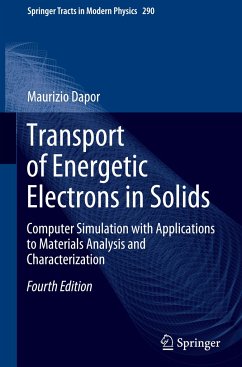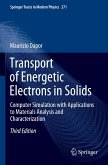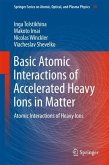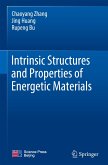This book describes the computational methods most frequently used to deal with the interaction of charged particles, notably electrons, with condensed matter. Both elastic and inelastic scattering phenomena are discussed, and methods for calculating the relevant cross sections are explained in a rigorous but simple way. It provides readers with all the information they need in order to write their own Monte Carlo code and to simulate the transport of fast particles in condensed matter. Many numerical and experimental examples are presented throughout the book.
The updated and extended fourth edition features ab initio methods for calculating dielectric function and energy loss function. Non-relativistic partial wave expansion method for calculating the differential elastic scattering cross section is also included in this new edition. It represents a very useful introduction to the relativistic partial wave expansion method, i.e., to the Mott theory, already discussed inthe previous editions of this book. Further details about the effects of spin-polarization on the differential elastic scattering cross section are included in this new edition. The multiple reflection method is extended to the general case of a system composed of a set of layers of different materials and thicknesses. Analytical expressions are provided for calculating the backscattering coefficient of multilayers. New results are presented, notably about Monte Carlo simulations of reflection electron energy loss spectra and of the radial dose deposited along the track of ions impinging on materials.
The updated and extended fourth edition features ab initio methods for calculating dielectric function and energy loss function. Non-relativistic partial wave expansion method for calculating the differential elastic scattering cross section is also included in this new edition. It represents a very useful introduction to the relativistic partial wave expansion method, i.e., to the Mott theory, already discussed inthe previous editions of this book. Further details about the effects of spin-polarization on the differential elastic scattering cross section are included in this new edition. The multiple reflection method is extended to the general case of a system composed of a set of layers of different materials and thicknesses. Analytical expressions are provided for calculating the backscattering coefficient of multilayers. New results are presented, notably about Monte Carlo simulations of reflection electron energy loss spectra and of the radial dose deposited along the track of ions impinging on materials.








